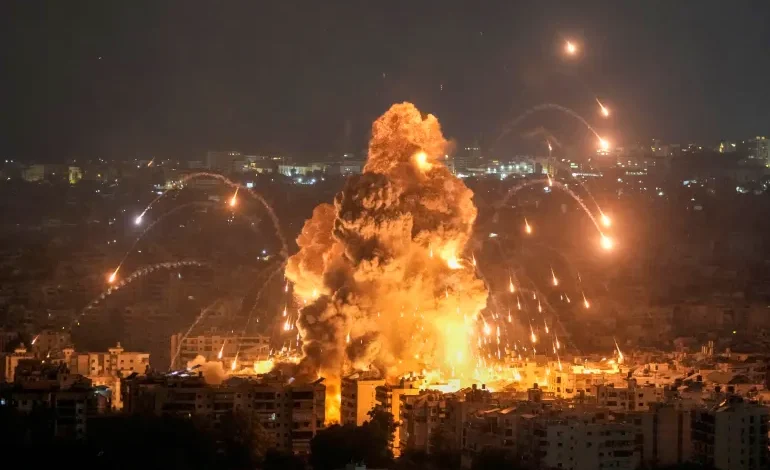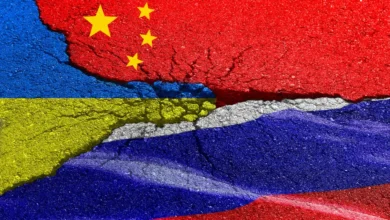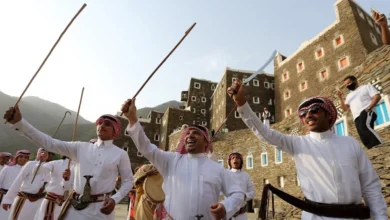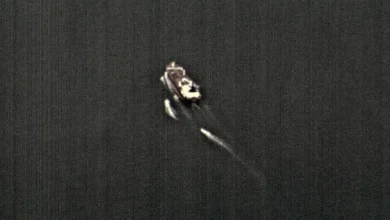Once upon a time in Dahiyeh: Israel’s destruction of a people

einab al-Dirani remembers her cousin’s engagement party, her parents and siblings, aunts and uncles all gathered in the street in front of their ground floor apartment.
Everyone was smiling as they danced to the loud music.
She remembers her father heading regularly to the barbershop near their house so Bob the barber, whose real name is Ibrahim, could give him a clean shave and a hair trim.
And she remembers a beloved teacher, a landmark in the neighbourhood and her life for 20 years.
Al-Dirani, 25, lived in Hadath, in Beirut’s sprawling southern suburbs that Israel has bombarded heavily in recent weeks.
On September 27, an Israeli attack levelled six buildings in Haret Hreik and resulted in the assassination of Hezbollah’s Secretary-General Hassan Nasrallah.
A few hours later, with the public still not knowing Nasrallah’s fate, the Israeli military’s Arabic-language spokesman issued expulsion orders against people in swaths of Dahiyeh.
“The sounds of explosions shattered the stillness, leaving everyone on edge and filled with dread. Each thud echoed through the streets, reminding us of the fragility of our existence.”
Over the next two weeks, the Israeli military attacked Dahiyeh with incredible military force.
Lebanese news livestreamed the destruction every night, showing Israeli air strikes crashing into Dahiyeh and bursts of red and orange horror illuminating the night sky, sometimes drawing comparisons to the sunrise.
Claiming to be targeting Hezbollah weapons caches, Israel killed or displaced tens – if not hundreds – of thousands of people as their homes, shops and memories were eviscerated.
“They bombed next to my house,” al-Dirani told Al Jazeera. “It’s destroyed now. The building is still there but everything inside is …” her voice drifted off for a second before she found her words, “My room has a balcony now because of the bomb.”
And her home is better off than those surrounding it.
“All the buildings by my house were destroyed,” she said. The barbershop is gone. So too is her teacher.
“They bombed his house and his whole family inside was murdered. Him, his wife, daughter and two sons. All of them,” she said. “Every day, you see someone die.”
More than 2,500 people have been killed by Israel in Lebanon since October 2023, with most of the deaths occurring in the past month.
Dozens of those deaths have been in Beirut or Dahiyeh, while the sheer level of destruction that Israel has wrought has led some experts to call Israel’s acts urbicide, the destruction of a city, or “city killing”.
“It’s tangible and intangible. But we’ve lost the intangible mostly, the practices and what people used to do in that place. It’s the destruction of what people hold in their memories,” she added.
“The attacks are severing the connection between people and their neighbourhoods, dismantling the social bonds that define the community,” a researcher with Public Works Studio, which focuses on urban planning and policymaking in Lebanon, who did not wish to be named, told Al Jazeera.
“As a result, these areas are not just facing physical destruction but a profound social disintegration, as people are forced to abandon the places where their lives, memories, and identities are anchored.”
Back in 1955, Diana Younes’s grandfather Mohammad left Baalbek, in Lebanon’s eastern Bekaa Valley, and settled in the area south of Beirut.“There were no suburbs at the time,” Younes said. “It was all olive groves.”
There, Mohammad laid a foundation. Amid the olive groves, he and his wife built a home with their hands.
As buildings expanded around them, and schools and universities popped up, so too did their family and the other families who moved in.
Its official name now is Sahel al-Matn al Janoubi, but this cluster of neighbourhoods and sub-neighbourhoods is referred to simply as “Dahiyeh” (“suburb” or “periphery” in English).
Dahiyeh comprises municipalities (Ghobeiry, Bourj al-Barajneh, Haret Hreik, Mreijeh-Tahwitet al Ghadeer-Laylaki), informal settlements (Ouzai, Bir Hassan, Horch el-Katil, Hayy al-Sellom), and Palestinian refugee camps – Burj al-Barajneh and Shatila.
“It’s as large as municipal Beirut,” Harb said. “If one starts with that, one [understands] there are multiple lives there, living, working, commuting, spending free time and then we see these layers of lives.”
During the civil war, two waves of displacement brought around one million people to what would become “Dahiyeh”.
The first was in the war’s early years – 1975 and 1976 – when some 200,000 residents of Beirut’s northeastern slums were expelled, sometimes in massacres by right-wing Christian militias.










